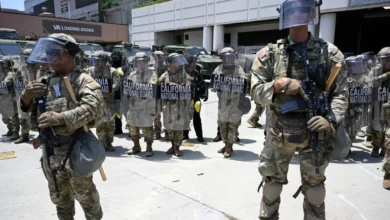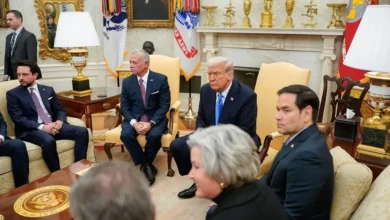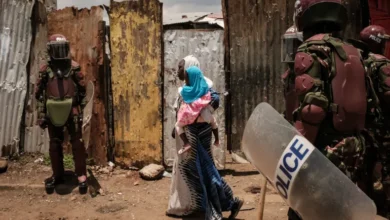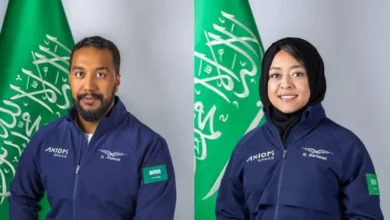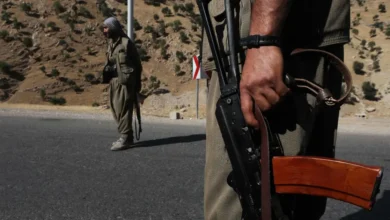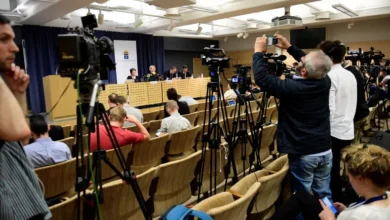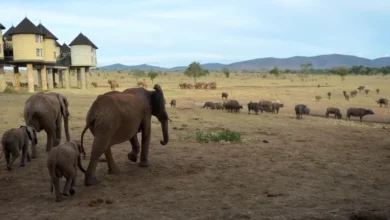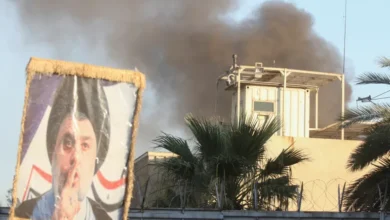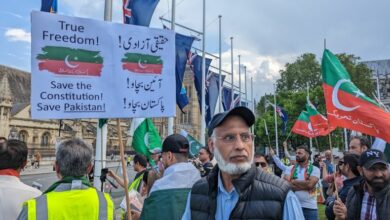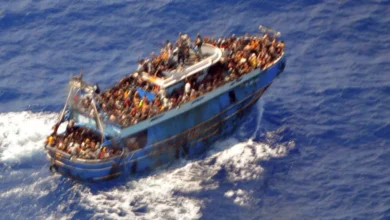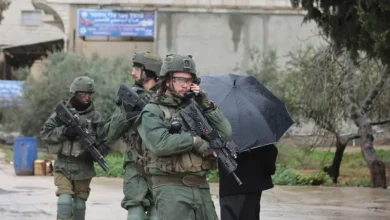2024 was a year of anti-Palestinian censorship and active art rebellion
Hannah Bouattia
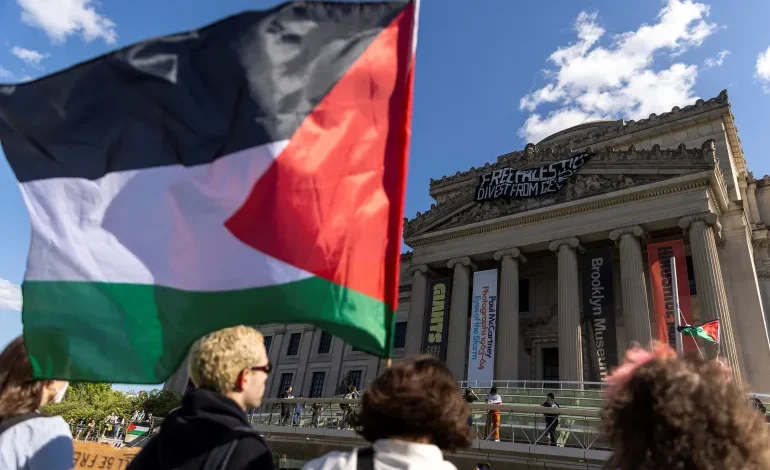
For artists, it is difficult to reflect on the past year without thinking about Israel’s genocide in Gaza that has killed more than 45,000 Palestinians per the official count or more than 220,000 per realistic estimates.
While art is something to be enjoyed, as it enriches every aspect of our lives, identities, and culture, it is also central to struggle. Art is powerful, it allows us to share emotions and stories with people around the world even if we don’t share a common language. Israel knows this, and that’s why it targets all those with a talent and passion to transmit messages about Gaza’s horrific reality.
Indeed, Israel seems to make it a tactic in its broader strategy of ethnic cleansing to wipe out Palestinians who inspire not just their own people, but everyone waging a fight against injustice.
Painters, illustrators, poets, photographers, writers, designers … so many talented Palestinians have already been killed. It is incumbent on us to ensure that they are not forgotten. They are not numbers, and their work should be remembered, always.
We must tell people about Heba Zagout, the 39-year-old painter, poet and novelist, killed along with two of her children in an Israeli air strike. Her rich paintings of Palestinian women and the holy sites of Jerusalem were her way of speaking to the “outside world”.
We must say the name of renowned painter and arts educator, Fathi Ghaben, whose beautiful works that captured Palestinian resistance should be seen by all.
We have to teach the words of Refaat Alareer, one of Gaza’s most brilliant writers and teachers who lectured at the Islamic University of Gaza.
We have to talk about the beauty in the art of Mahasen al-Khatib, who was killed by an Israeli air strike on Jabalia refugee camp. In her last illustration, she honoured 19-year-old Shaban al-Dalou, who burned to death in the Israeli attack on the Al-Aqsa Hospital compound.
We must also remind the world of writer Yousef Dawwas, novelist Noor al-din Hajjaj, poet Muhamed Ahmed, designer Walaa al-Faranji, and photographer Majd Arandas.
However, ensuring their stories and works are not erased also means we need to take action, wherever we are. Honouring these martyrs and celebrating their art requires that we go beyond words.
Some in the art world already know this. They have joined the resistance within art spaces and ensured that Israel’s crimes are denounced on their platforms. There have been many acts of solidarity and bravery throughout the past year.
When the Barbican Centre in London cancelled Indian writer Pankaj Mishra’s lecture on the genocide in Palestine in February, art collectors Lorenzo Legarda Leviste and Fahad Mayet withdrew artwork by Loretta Pettway from the centre’s gallery.
“It is incumbent on all of us to stand up to institutional violence, and demand transparency and accountability in its wake … We will never accept censorship, repression and racism within its walls,” they wrote.
In March, Egyptian visual artist Mohamed Abla returned his Goethe Medal, awarded for outstanding artistic achievement by Germany’s Goethe Institut, in protest of the German government’s complicity in the Israeli genocide.
Before the opening of the Venice Biennale in April, more than 24,000 artists from around the world – including previous Biennale participants and prestigious award recipients – signed an open letter calling on the organisers to exclude Israel from the event. One Israeli artist eventually decided not to open her exhibition.
In September, Pulitzer Prize-winning author Jhumpa Lahiri refused to accept an award from the Noguchi Museum in New York after it fired three employees for wearing Palestinian keffiyeh scarves.
Earlier this month, artist Jasleen Kaur, who received the prestigious Turner prize, used her acceptance speech to condemn the genocide, calling for a free Palestine, an arms embargo and extending solidarity with the Palestinians. She stood in solidarity with all those who protested outside the Tate Britain in London, where the event took place, calling on it to divest from funds and projects linked to the Israeli government.
“I want to echo the calls of the protesters outside. A protest made up of artists, culture workers, Tate staff, students, who I stand firmly with,” Kaur stated. “This is not a radical demand, this should not risk an artist’s career or safety.”
Despite these acts of solidarity, the vicious censorship, omission, repression and witch-hunts of art related to Palestine have not abated over the past 12 months.
In January, the Indiana University art museum cancelled an exhibition by Palestinian artist Samia Halaby.
In May, the town of Vail in Colorado cancelled the artist residency of Danielle SeeWalker, a Native American artist who had compared the plight of Palestinians to the plight of Native Americans.
In July, the Royal Academy of Arts removed two pieces of artwork from their Young Artists’ Summer Show because they were related to Israel’s war on Gaza. This came after the pro-Israel Board of Deputies of British Jews had sent it a letter regarding the artwork.
In November, the altonale festival in Hamburg cancelled an exhibition of artworks produced by children in Gaza after social media posts attacking it.
These are just a few examples of the massive censorship that Palestinian art and artists and creators who have voiced their solidarity with Palestine have faced over the past year. The silencing and whitewashing within cultural spaces have also taken place at an institutional level.
In the UK, the Arts Council England (ACE) warned art institutions that “political statements” could potentially negatively affect funding agreements. This was revealed upon the trade union Equity’s Freedom of Information request, which also showed that ACE and the Department of Media, Culture and Sport (DMCS) even met about the “reputational risk relating to Israel-Gaza conflict”.
